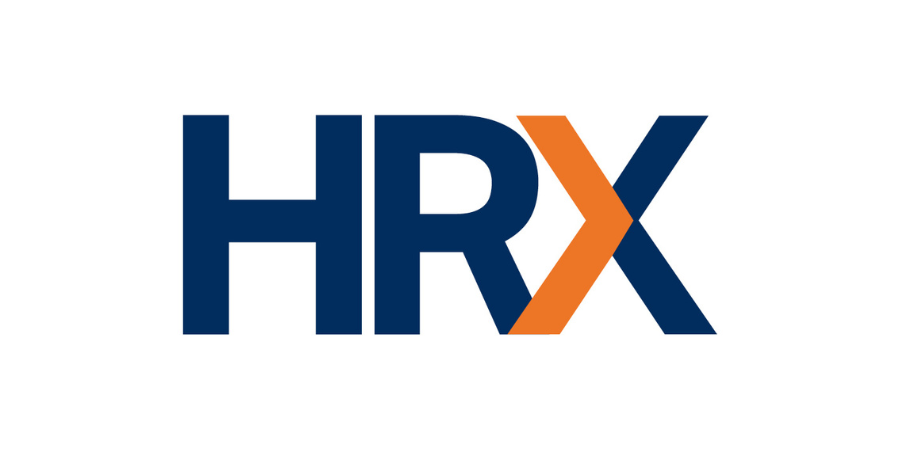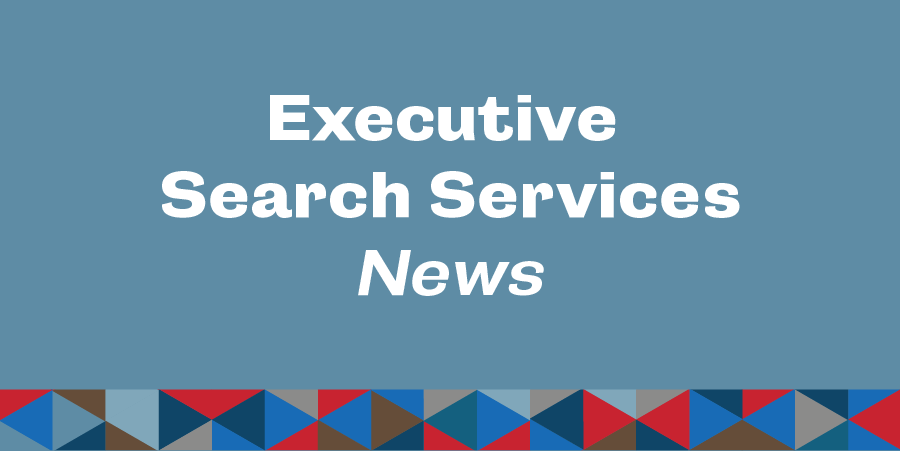Principals’ Impact on Student Learning
A new school leadership research review commissioned by the Wallace Foundation found school principals impact student learning more than previously believed, ranking second only to teachers.
Replacing a below-average principal with an above-average one resulted in an additional three months of learning in math and reading annually for the average student. This compared with an extra four months of learning when replacing a below-average teacher with an above-average one.
These findings are included in the review published by Vanderbilt University, How Principals Affect Students and School: A Systematic Synthesis of Two Decades of Research. The research report, published in February 2021, provides insight into effective principals’ characteristics, skills, and behaviors.
Principal Characteristics
Since the 1987–1988 school year, school leadership in the U.S. have become more female but only slightly more racially and ethnically diverse, despite an increasing diverse student population. In 2018–2019, 65 percent of Texas principals were female, and 40 percent were of color.
The average level of experience of a principal declined from 10 years of experience in 1988 to seven years in 2016. And principals are not staying on the job as long, averaging just four years in 2016 compared to more than six years in 1988. Principal turnover tends to not only negatively affect student achievement but also teacher retention and the school climate.
Effective Principal Skills and Behaviors
According to the research, effective principals exemplify skill and expertise in improving instruction and building a productive school organization. Specifically, effective principals work with teachers on their teaching practices through feedback, coaching, evaluations, and establishing data-driven teaching programs. They facilitate collaboration so teachers work together to improve their instruction.
Effective principals interact and develop positive relationships with teachers, support staff, parents, and the broader community. They consistently demonstrate a sense of caring, communicate effectively, and build trust with individuals and groups.
Another important skill set effective principals have is the ability to manage the complex organization. This includes things such as developing a safe school environment, managing budgets and resources, and strategically managing personnel and resources.
The research also suggests effective principals have influence to significantly advance equity in their schools as they serve growing numbers of diverse students by hiring more minority teachers, building a school climate that sets high expectations, working with teachers to implement culturally responsive teaching practices, and creating an atmosphere of opportunities for all students.
The benefits of principals implementing these practices isn’t limited to student achievement. The researchers found that under top-notch leadership, teacher satisfaction increased and turnover decreased, while student attendance and discipline improved.
Preparing Principals
It’s easy to see investing in principal leadership has huge positive effects on students and staff. A new report from the RAND Corporation, Using State-Level Policy Levers to Promote Principal Quality, offers insights into what states are doing to better prepare principals for their jobs. School districts in California, Connecticut, Florida, Georgia, Kentucky, North Carolina, and Virginia have partnered with universities and state agencies to use seven state policy “levers” to advance policy changes to improve the quality of school principals.
These seven levers are:
- Setting principal standards
- Recruiting aspiring principals into the profession
- Licensing/certifying new and veteran principals
- Approving and overseeing principal preparation programs
- Supporting principals’ growth with professional development
- Evaluating principals
- Using leader tracking systems to support analysis of aspiring and established school leaders’ experiences and outcomes
The report recommends that states provide financial resources and expertise to facilitate and implement changes. While most states fund professional development, just a few offered subsidies for aspiring leaders to participate in pre-service programs.
State education agencies can play an enormous role in both improving school leadership and making regulatory changes. And, principal organizations, education service centers, and school leadership organizations can assist with recruitment, mentorship, and professional development.
More Coming
Stay tuned as the Wallace Foundation plans to release two more reports on school leadership this year. One will focus on assistant principals and the other on the importance of principal preparation and professional development.

Cheryl Hoover
Cheryl Hoover joined HR Services in 2018. She assists with staffing and HR reviews, training, and other HR projects. During Hoover’s public school career, she served as an executive director of curriculum and principal leadership, executive director of human resources, principal, assistant principal, teacher, and coach.
Hoover earned her bachelor’s degree from The University of Texas at Austin and obtained her master’s degree from Texas State University. She is a certified PHR.
HR Services

Subscribe to HRX
Stay up to date with all the latest HR news and trends by joining the HRX mailing list!





